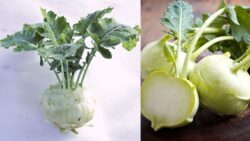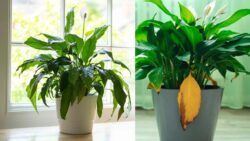Hydroponic Gardening Made Easy – a smart and soil-free method that helps you grow fresh vegetables right in your home. This beginner-friendly system uses water, nutrients, and light to create a stress-free gardening experience indoors or outdoors.
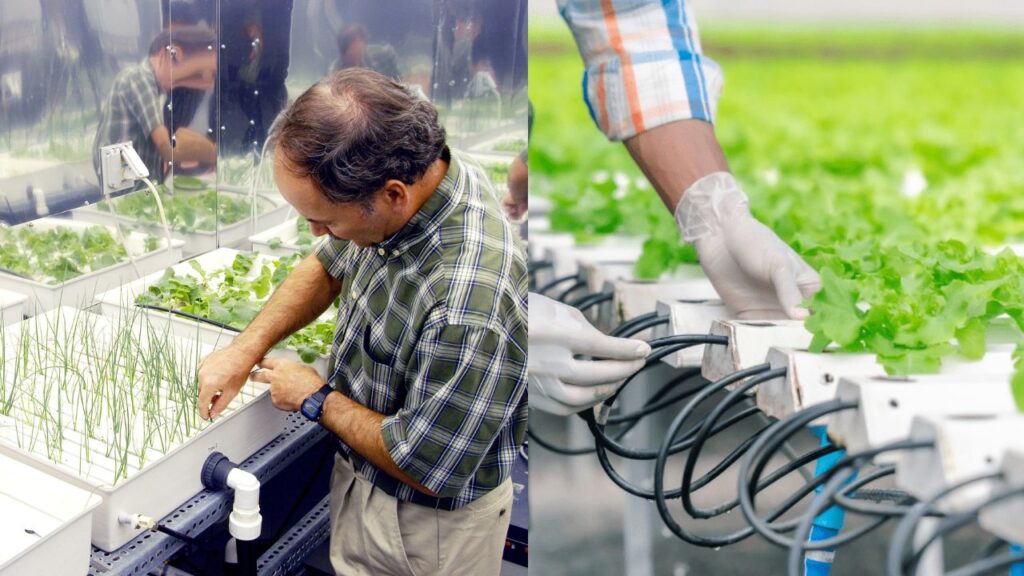
What is Hydroponic Gardening?
Hydroponic gardening is a modern way of growing plants without soil. Instead of relying on dirt, the roots grow in nutrient-rich water that provides everything the plant needs to thrive. This method allows for faster growth, cleaner produce, and less water usage than traditional gardening. Many people are now using hydroponics to grow herbs, leafy greens, and tomatoes in small spaces like balconies, basements, or kitchens. It’s a perfect choice for urban homes and eco-conscious gardeners who want fresh produce year-round.
Benefits of Growing Vegetables Without Soil
Hydroponics makes gardening simple and fun for everyone. Here are some key benefits:
- Faster plant growth with fewer pests and diseases.
- Uses up to 90% less water compared to soil gardening.
- Ideal for apartments or small spaces with no backyard.
- Plants receive balanced nutrients directly through the water.
- Cleaner, fresher, and more consistent harvests every time.
Whether you want to grow spinach, basil, or strawberries, hydroponics helps you achieve excellent results with minimal effort.
Step-by-Step Guide to Hydroponic Gardening
- Step 1: Choose Your Hydroponic System
There are several systems to choose from—like deep water culture, nutrient film technique, or wick systems. For beginners, a simple deep water culture setup works best. It uses a container filled with water and nutrients where plants float in net pots, making it easy to manage and maintain.
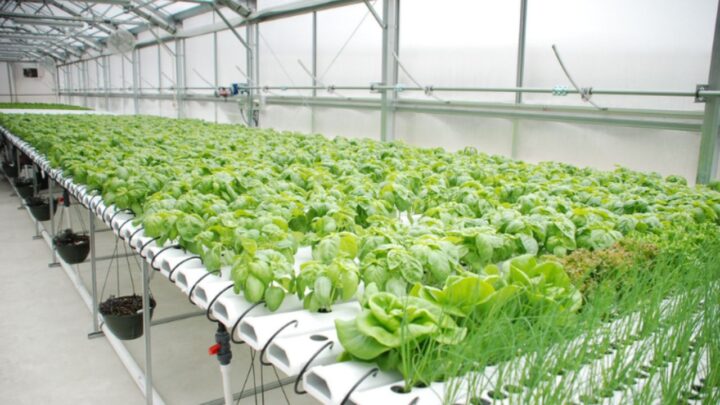
- Step 2: Select the Right Plants
Start with easy-to-grow vegetables such as lettuce, basil, mint, or kale. These plants grow quickly and don’t require much support. Once you gain experience, you can move on to fruiting plants like tomatoes, peppers, or cucumbers.
- Step 3: Prepare the Nutrient Solution
Mix water with a hydroponic nutrient solution following the manufacturer’s instructions. This solution provides essential minerals like nitrogen, potassium, and calcium. Make sure to check the pH level—it should usually stay between 5.5 and 6.5 for healthy root absorption.
- Step 4: Set Up the Light Source
Plants need 12–16 hours of light daily. If you’re growing indoors, use LED grow lights or fluorescent bulbs. Place the lights 6–12 inches above the plants and adjust their height as the plants grow to prevent burning the leaves.
- Step 5: Monitor and Maintain Regularly
Check the water level, pH, and nutrient strength weekly. Top up the reservoir whenever the water level drops. Clean the system once every two weeks to prevent algae growth and keep the roots healthy.
- Step 6: Harvest Your Fresh Vegetables
Most leafy greens are ready to harvest within 4–6 weeks. Cut the leaves just above the roots so the plant can regrow. Enjoy your clean, chemical-free produce straight from your hydroponic garden.
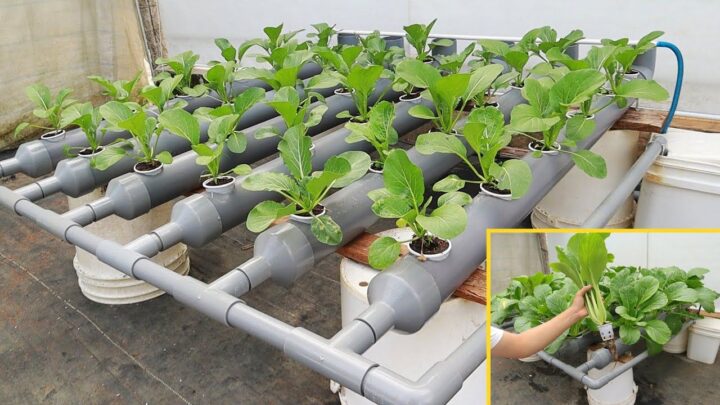
Extra Tips for Successful Hydroponic Gardening
- Keep your system in a spot with consistent temperature and airflow.
- Use filtered or rainwater to prevent mineral buildup.
- Label your plants and track growth for better results.
- Always clean equipment before reusing to avoid contamination.
- Experiment with different nutrient brands to find the best mix.
FAQs
Can I grow vegetables indoors using hydroponics?
Yes, you can easily grow vegetables indoors with hydroponic systems and LED grow lights. It’s ideal for small apartments or places without outdoor gardens.
Do hydroponic plants need sunlight?
They don’t require direct sunlight. Artificial grow lights can provide the same effect and ensure healthy plant growth all year long.
How often should I change the nutrient water?
It’s recommended to change the nutrient solution every two weeks to maintain proper balance and prevent nutrient deficiencies.
Is hydroponic food safe to eat?
Absolutely! Hydroponic vegetables are completely safe, clean, and often healthier because they grow in a controlled, pesticide-free environment.
Hydroponic gardening is an exciting way to grow your own food at home without stress or soil. With just a few simple tools and some patience, you can enjoy fresh, crisp vegetables right from your kitchen. Start small, stay consistent, and watch your indoor garden flourish — one leaf at a time!


